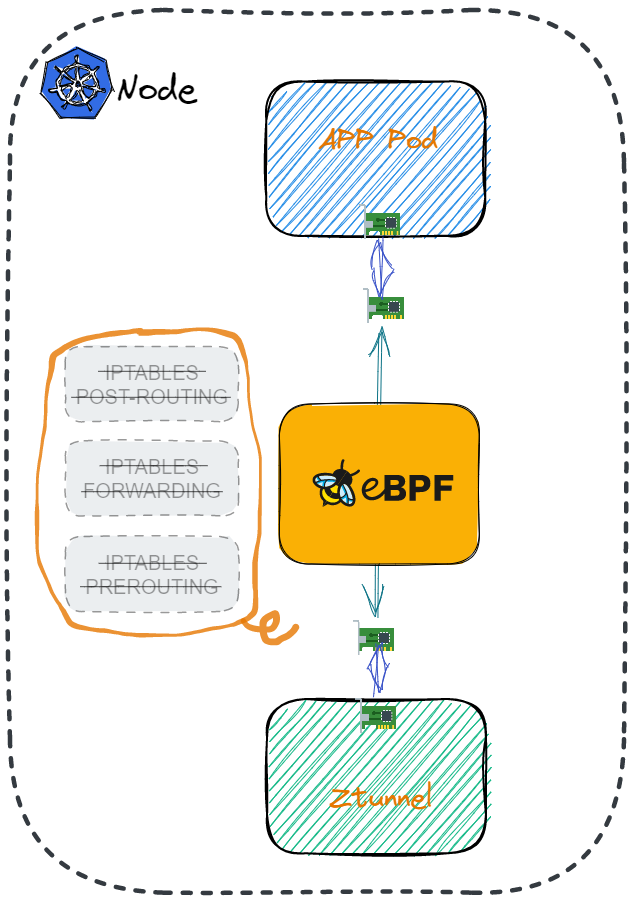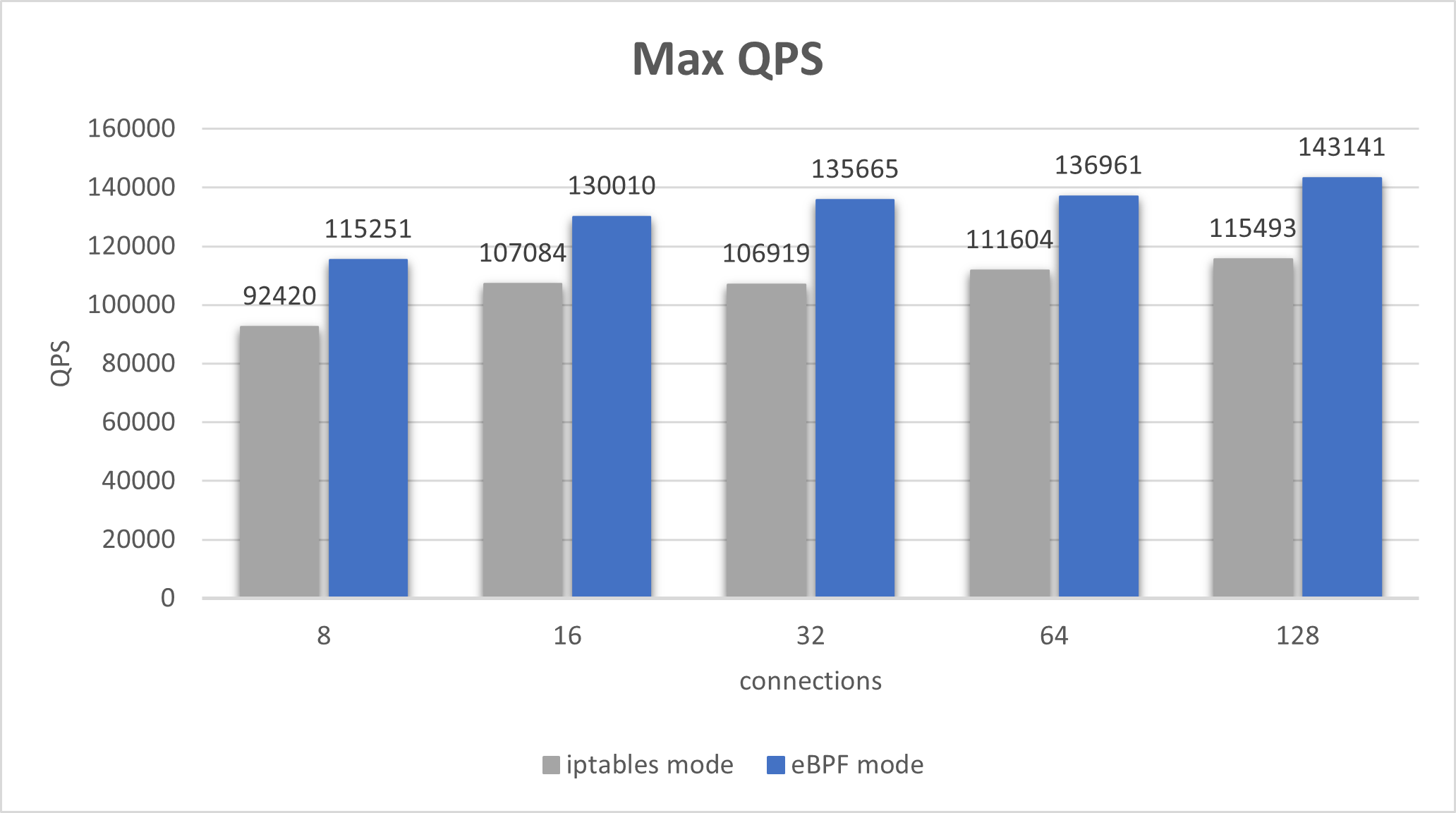Using eBPF for traffic redirection in Istio ambient mode
An alternative approach to redirecting application pod traffic to the per-node ztunnel.
In Istio’s new ambient mode, the istio-cni component running on each Kubernetes worker node is responsible for redirecting application traffic to the zero-trust tunnel (ztunnel) on that node. By default it relies on iptables and
Generic Network Virtualization Encapsulation (Geneve) overlay tunnels to achieve this redirection. We have now added support for an eBPF-based method of traffic redirection.
Why eBPF
Although performance considerations are essential in the implementation of Istio ambient mode redirection, it’s also important to consider ease of programmability, to enable the implementation of versatile and customized requirements. With eBPF, you can leverage additional context in the kernel to bypass complex routing and simply send packets to their final destination.
Furthermore, eBPF enables deeper visibility and additional context for packets in the kernel, allowing for more efficient and flexible management of data flow compared with iptables.
How it works
An eBPF program, attached to the traffic control ingress and egress hook, has been compiled into the Istio CNI component. istio-cni will watch pod events and attach/detach the eBPF program to other related network interfaces when the pod is moved into or out of ambient mode.
Using an eBPF program (instead of iptables) eliminates the need to encapsulate tasks (for Geneve), allowing the routing tasks to be customized in kernel space instead. This yields both gains in performance, and additional flexibility, in routing.
All traffic to/from the application pod will be intercepted by eBPF and redirected to the corresponding ztunnel pod. On the ztunnel side, proper redirection will be performed based on connection lookup results within the eBPF program. This provides more efficient control of the network traffic between the application and ztunnel.
How to enable eBPF redirection in Istio ambient mode
Follow the instructions in Getting Started with Ambient Mesh to set up your cluster, with a small change: when you install Istio, set the values.cni.ambient.redirectMode configuration parameter to ebpf.
$ istioctl install --set profile=ambient --set values.cni.ambient.redirectMode="ebpf"
Check the istio-cni logs to confirm eBPF redirection is on:
ambient Writing ambient config: {"ztunnelReady":true,"redirectMode":"eBPF"}
Performance gains
The latency and throughput (QPS) for eBPF redirection are somewhat better than using iptables. The following tests were run in a kind cluster with
a Fortio client sending requests to a Fortio server, both running in ambient mode (with eBPF debug logging disabled) and on the same Kubernetes worker node.
$ fortio load -uniform -t 60s -qps 0 -c <num_connections> http://<fortio-svc-name>:8080
$ fortio load -uniform -t 60s -qps 8000 -c <num_connections> http://<fortio-svc-name>:8080
Wrapping up
Both eBPF and iptables have their own advantages and disadvantages when it comes to traffic redirection. eBPF is a modern, flexible, and powerful alternative that allows for more customization in rule creation and offers better performance. However, it does require a modern kernel version (4.20 or later for redirection case) which may not be available on some systems. On the other hand, iptables is widely used and compatible with most Linux distributions, even those with older kernels. However, it lacks the flexibility and extensibility of eBPF and may have lower performance.
Ultimately, the choice between eBPF and iptables for traffic redirection will depend on the specific needs and requirements of the system, as well as the user’s level of expertise in using each tool. Some users may prefer the simplicity and compatibility of iptables, while others may require the flexibility and performance of eBPF.
There is still plenty of work to be done, including integration with various CNI plugins, and contributions to improve the ease of use would be greatly welcomed. Please join us in #ambient on the Istio slack.





